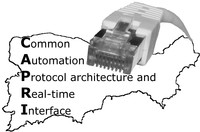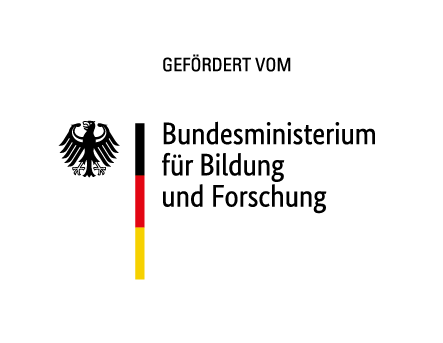
CAPRI: Common - Automation - PRotocol Architecture - and Real-time Interface

The CAPRI project deals with real-time computer networks used in industrial automation networks. The automation technology and its applications are of central importance for the german economy. Since the last 20 years the area of industrial real-time communication networks is a subject of research. The transition from first generation field bus systems to Real-time Ethernet systems (RTE) has led to 26 different variants, and this trend continues as the IEEE 802 standardization activities include further real-time extensions, like AVB. This variety causes very high costs and no direct benefit to the device manufacturers and operators of plants and machines. It is expected that this number will be greatly reduced with respect to the practical importance of the different RTEs. RTEs offers in principle a higher degree of commonalities or equivalent procedures because of the common use of the IEEE802 standard. Also on the transfer layer similarities among the RTEs can also be found.
Project Objectives
The overall goal of this project is to increase the sharable components among the existing RTE protocols, by reducing the proportion of mechanisms and protocol with commonalities in terms of replacing them with a common standardized modular implementation. This will simplify the existing protocols, and could lead to the future protocol development more efficient and robust. This provides the device manufacturers and system integrators having different communication systems, an advantage by giving them a standard, easier and faster access to the common core components.
The project has two scientific - technical objectives:
- Preparation and validation of modular reference architecture for real-time industrial communication systems.
- Definition of a single service interface between the communication system and application.
The development of a CAPRI-layer could provide a solution, by means of a uniform transfer service interface for RTE-independent transfer protocols and provides Ethernet MAC common switching and service model.
Project Outcome
Primarily the equipment manufacturers of industrial automation components would be the potential beneficiaries of the results achieved by this project. The resultant modularized transfer functions would be a new approach as the basic requirements like real-time capability, implementation and configuration effort can be take off-the-shelf as a standard implementation, without creating any further RTEs.

